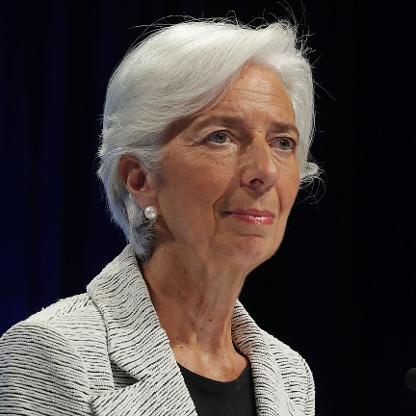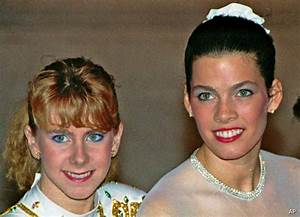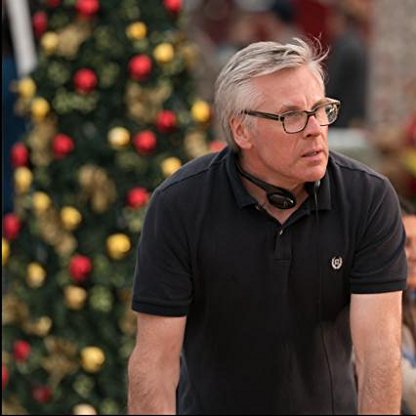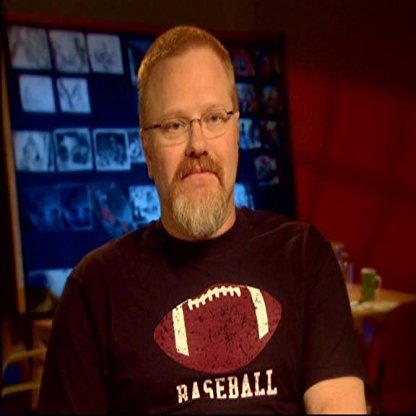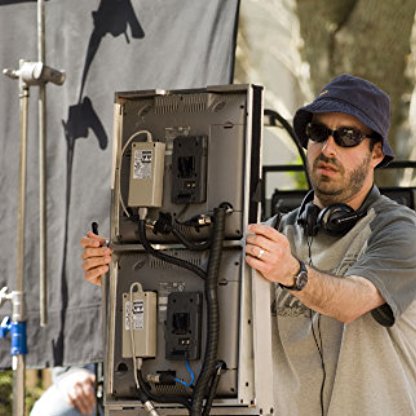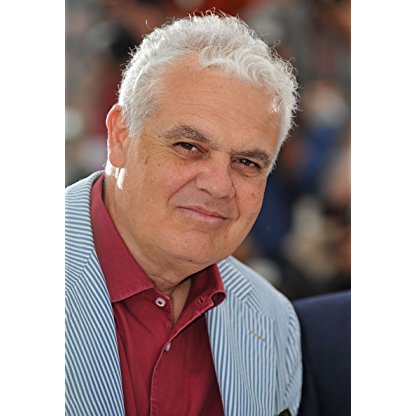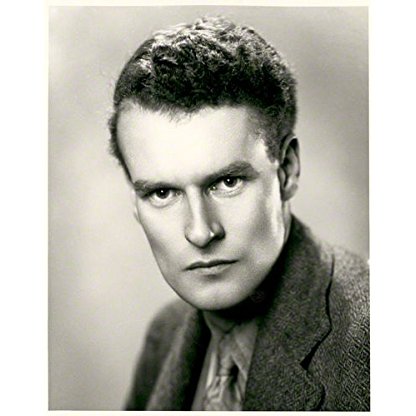Although mostly forgotten by movie-goers of the time, Griffith was held in awe by many in the film industry. In the mid-1930s, he was given a special Oscar by the Academy of Motion Picture Arts and Sciences. In 1946, he made an impromptu visit to the film location of David O. Selznick's epic western Duel in the Sun, where some of his veteran actors, Lillian Gish, Lionel Barrymore and Harry Carey, were cast members. Gish and Barrymore found their old mentor's presence distracting and became self-conscious. While the two were filming their scenes, Griffith hid behind set scenery.
